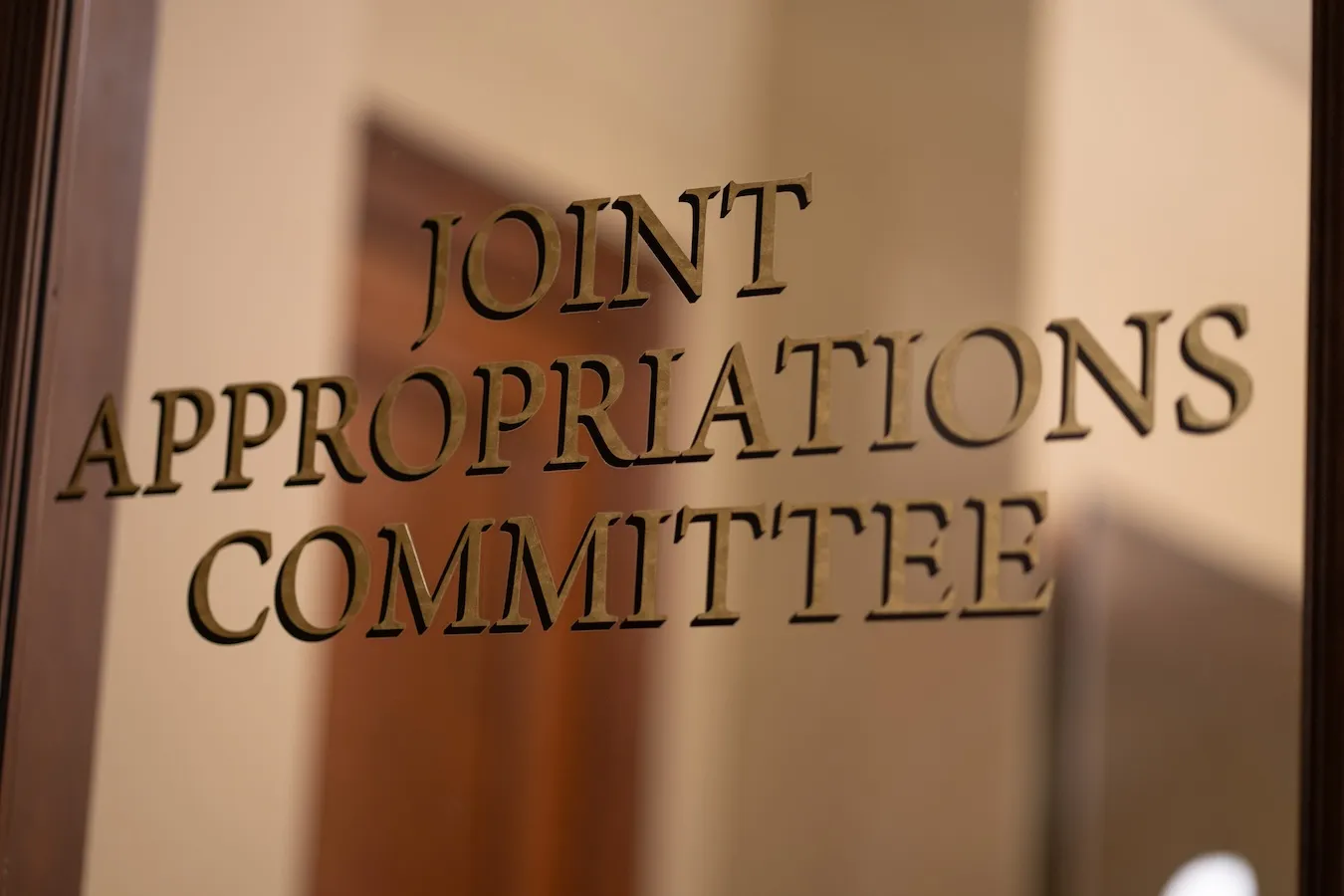In recent years, growing scientific consensus has led to a reassessment of how much alcohol is truly safe—especially for women, the Telegraph reports.
While a nightly glass of wine may seem harmless or even beneficial due to its polyphenol content, emerging research suggests that even minimal alcohol consumption carries a measurable risk when it comes to breast cancer.
According to the World Cancer Research Fund (WCRF), alcohol is now considered a carcinogen on par with tobacco in its relation to breast cancer. Britta Stordal, Associate Professor in Cancer Research at Middlesex University, explains that the body converts alcohol into acetaldehyde, a compound known to damage DNA and initiate cancer. This conversion can occur not only in the liver but also in breast tissue.
Additionally, alcohol consumption raises oestrogen levels in the body—a hormone that can drive the development of hormone-sensitive breast cancers.
“There is a dose-response relationship,” notes Dr. Harriet Rumgay, an epidemiologist at the World Health Organization. “The more you drink, the greater your risk.”
The baseline lifetime risk of developing breast cancer for a woman who does not drink at all is approximately 11.3%. When alcohol is introduced, the risk increases incrementally, depending on the amount and frequency of consumption.
Two bottles of wine per week (about 14 units): 27% higher risk. About 14 out of 100 women in this category will develop breast cancer in their lifetime.
One glass of wine per day (approx. 10 units/week): 15% higher risk. Around 13 out of 100 women affected.
14 units/week (UK low-risk guideline): 22% higher risk. Around 14 out of 100 women affected.
One drink per week: 3% higher risk. Around 11 out of 100 women affected—similar to non-drinkers but still statistically elevated.
One drink every few months (≤6 drinks/year): 0.3% higher risk. Nearly indistinguishable from abstinence.
While the increased risk may seem modest at lower levels of drinking, public health experts emphasize that the cumulative impact—especially when combined with other risk factors such as age, menopause, weight, smoking, or family history—can be significant.
Postmenopausal women appear especially susceptible to the effects of alcohol. The hormonal changes during and after menopause, combined with alcohol-induced oestrogen elevation, seem to make the risk more pronounced. Researchers are still exploring why, but the combination of age-related cell mutation and hormone-driven cell proliferation is likely a key factor.
The long-standing UK guideline of 14 units of alcohol per week was not primarily based on cancer risk, but rather on broader concerns like liver damage and population-level drinking patterns. Experts like Prof. Stordal argue that these limits may now be outdated.
“I suspect that the 14-unit guideline doesn’t properly take cancer risk into account,” she says.
Canada, for instance, has adopted more explicit cancer-focused alcohol guidelines, providing clearer information on the risks linked to each unit of alcohol.
Even if consumption is limited to weekends, the pattern of drinking matters. Women who consume multiple drinks in one sitting—sometimes classified as binge drinking—may experience a sharp spike in risk. Studies show a 40% increase in breast cancer risk for women who engaged in heavy episodic drinking at least once in the previous year. This suggests that spreading drinks across the week may be slightly less harmful than concentrated bursts, although total intake remains a critical factor.
Men can develop breast cancer too, though the overall lifetime risk is substantially lower at 0.01%. While alcohol can also increase breast cancer risk in men, the absolute risk remains small. However, alcohol has been implicated in more than 200 medical conditions according to the WHO, so reduced consumption is advised for everyone.
Ultimately, no level of alcohol consumption is entirely without risk. But keeping intake as low as possible offers a meaningful reduction in breast cancer risk. For women who choose to drink, limiting alcohol to fewer than six glasses of wine per year appears to carry only a marginal increase in risk (0.3%).
Experts acknowledge that completely eliminating alcohol may not be realistic or necessary for everyone, but informed choices can help manage long-term health.
As Prof. Stordal puts it, “The simple advice I always give is reduction. Whatever you can do will benefit you.”










The latest news in your social feeds
Subscribe to our social media platforms to stay tuned